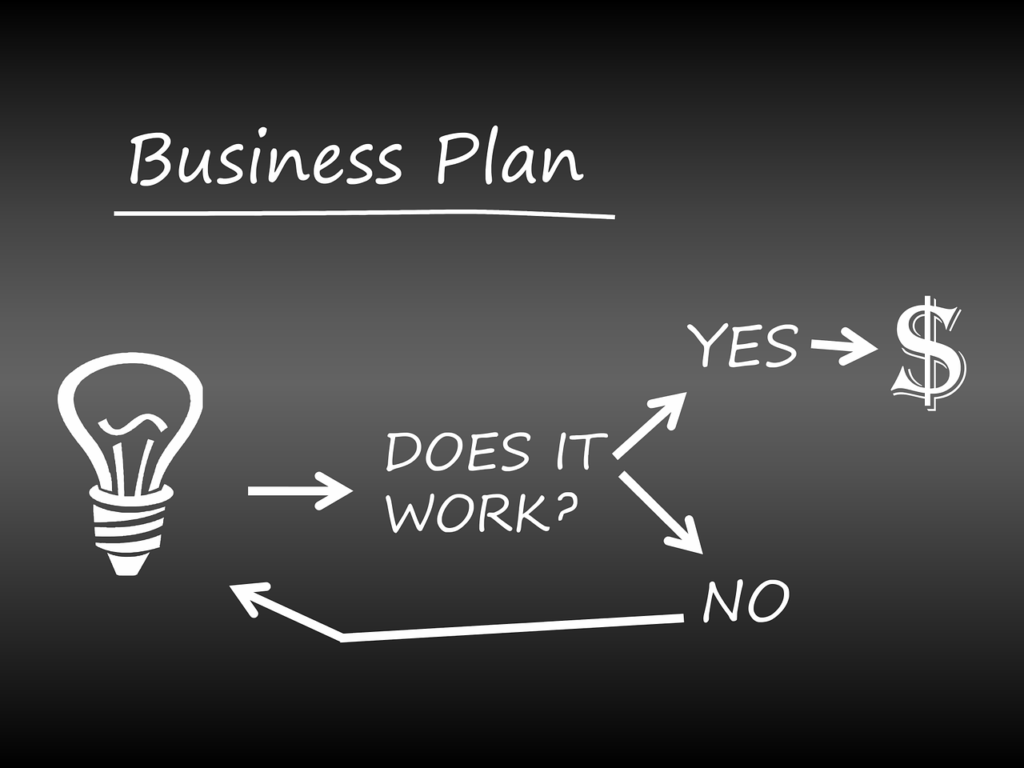In the dynamic landscape of business education and simulation, the Business Strategy Game (BSG) stands out as a cornerstone for learning strategic management principles. Developed to simulate the complexities of real-world business environments, the BSG challenges participants to make critical decisions, manage resources effectively, and navigate competitive markets. This article delves into the intricacies of the Business Strategy Game, exploring its purpose, gameplay mechanics, strategic insights, and tips for success.
Introduction to the Business Strategy Game
The Business Strategy Game is a simulation exercise designed to mimic the operations and strategic decisions faced by businesses in competitive industries. It is widely used in academic settings, including undergraduate and graduate business programs, to provide students with hands-on experience in strategic management.
Purpose and Learning Objectives
The primary goal of this Strategy Game is to immerse participants in a virtual business environment where they can:
- Apply Strategic Management Concepts: Participants apply theoretical knowledge of strategic management, marketing, finance, operations, and other business disciplines in a practical setting.
- Make Decisions: Teams or individuals make strategic decisions regarding product offerings, pricing, marketing strategies, production operations, and financial management.
- Analyze Results: Participants analyze financial and market performance metrics to assess the impact of their decisions on business outcomes.
- Compete Effectively: Navigate competitive pressures and market dynamics to achieve sustainable competitive advantage and profitability.

Gameplay Mechanics
1. Industry and Market Dynamics
- Market Simulation: The BSG simulates a competitive market environment where teams compete against virtual companies controlled by other participants or AI.
- Industry Trends: Participants must monitor industry trends, consumer preferences, technological advancements, and economic conditions that affect market demand and competitive dynamics.
2. Strategic Decision Making
- Product Development: Decide on product features, quality levels, and positioning strategies to meet customer needs and preferences.
- Marketing and Sales: Develop marketing campaigns, set promotional budgets, and determine pricing strategies to attract customers and increase market share.
- Production and Operations: Manage production capacity, inventory levels, and logistics to optimize efficiency and meet demand.
3. Financial Management
- Budget Allocation: Allocate financial resources across different functional areas, including research and development, marketing, production, and capital investments.
- Financial Analysis: Analyze financial statements, cash flow projections, and key performance indicators (KPIs) to monitor profitability, liquidity, and financial health.

Strategic Insights from the Business Strategy Game
The Business Strategy Game provides participants with valuable insights into strategic management and business operations:
- Holistic Decision Making: Encourages participants to consider the interdependencies between different functional areas and make integrated decisions that align with overall business objectives.
- Risk Management: Promotes risk assessment and mitigation strategies to address competitive threats, market fluctuations, and operational challenges.
- Long-term Planning: Emphasizes the importance of long-term strategic planning and foresight in anticipating market trends and positioning the business for sustainable growth.
Tips for Success in the Business Strategy Game
To excel in the Business Strategy Game and achieve superior performance, consider the following strategies:
- Understand the Game Rules and Mechanics: Familiarize yourself with the simulation’s rules, scoring system, and decision-making processes to make informed choices.
- Conduct Market Research: Gather market intelligence, analyze competitor strategies, and monitor consumer preferences to make data-driven decisions.
- Balance Short-term and Long-term Goals: Strike a balance between achieving short-term profitability and investing in long-term growth initiatives, such as product innovation and market expansion.
- Collaborate Effectively: Work collaboratively within your team or organization to leverage diverse perspectives and expertise in decision making.
- Monitor Performance Metrics: Continuously track and analyze key performance indicators (KPIs) to evaluate the effectiveness of your strategies and make timely adjustments.
- Learn from Mistakes: Use each decision round as a learning opportunity to refine your strategies, adapt to market feedback, and improve future performance.
Real-world Applications and Benefits
The skills and knowledge gained from participating in the Business Strategy Game have practical applications in real-world business settings:
- Strategic Thinking: Develops critical thinking and strategic analysis skills essential for leadership roles in business management.
- Teamwork and Collaboration: Enhances teamwork, communication, and collaboration skills through collective decision making and problem-solving.
- Risk Management: Prepares individuals to identify, assess, and manage risks effectively in competitive business environments.
Conclusion
The Business Strategy Game offers a simulated environment where participants can apply theoretical knowledge in strategic management to practical scenarios. By making strategic decisions, analyzing outcomes, and adapting to market dynamics, participants gain valuable insights into business operations and competitive strategy.
Whether used in educational settings or corporate training programs, the BSG cultivates essential skills in strategic thinking, decision making, and business acumen that are indispensable for success in today’s competitive global marketplace. As businesses continue to evolve, the Business Strategy Game remains a valuable tool for learning, experimentation, and strategic refinement in the pursuit of organizational excellence and sustainable growth.

